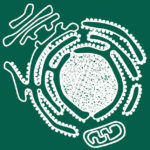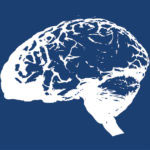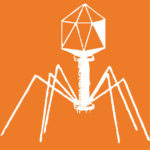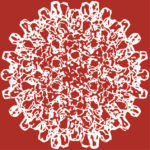Goals and Research Focus

The primary goal of the LMB is to understand major biological processes at the molecular level, through the application of methods drawn from physics, chemistry and genetics, with the ultimate aim of alleviating human disease. The research at the LMB covers a wide range of biology, including:
- Structural determination of biological “machines” by X-ray crystallography and electron cryo-microscopy
- Computational biology
- Biology of immunity and cancer
- Intercellular signalling, membrane trafficking and advanced optical microscopy of live cells
- Genetic analysis of behaviour
- Genetic, optical and electrophysiological analysis of neural circuits
- Molecular origins of neurodegenerative diseases
- Synthetic biology, selection technologies and in vitro evolution
There is emphasis on the development of new technologies, the study of basic biological processes, and the use of this knowledge to tackle specific problems in human health and disease, including the development of new therapeutic agents.
The Laboratory provides unrivalled opportunities for early career and established researchers. A key feature is that the permanent staff provide expertise in fields ranging from physics and mathematics to biochemistry and genetics. Expert advice is always available to researchers pursuing their own goals.
Scientists are drawn to the LMB from all over the world, thus creating a lively and international community for the exchange of ideas and technical innovation. The Laboratory today houses over 400 scientists and supporting staff, with about 320 directly carrying out research, in more than 50 groups. Around 80 of the researchers are PhD students.
Research groups are small, typically four to eight scientists, but highly interactive, and all equipment is communal. All LMB scientists have access to an abundance of skilled help and facilities to help them achieve their own goals and contribute to the continuing success of the LMB.
The Four Divisions of the LMB
The Laboratory is organised into four Divisions, each with its own strengths and its own strategic goals:
This structure helps to maintain a close-knit community within each Division, and ensures that all researchers mix closely with other experts in their own general area. Nevertheless, there is extensive and unhindered interaction between all members of the Laboratory, with widespread collaborations between scientists in different Divisions.
This sense of Lab-wide community is made possible by a common budget and freely-shared resources and facilities, and is further fostered by the sense of a common history and a common aim – the understanding of all aspects of life at the molecular level.



